Biochar: How Your Garden Can Save the Planet
Wednesday, April 08, 2015
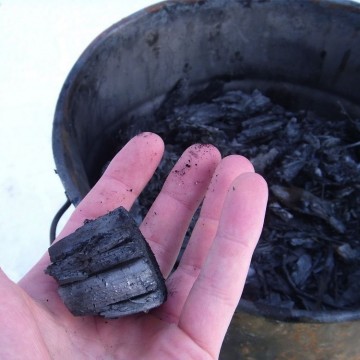
Biochar via Wikimedia CC.
Here are 6 reasons why biochar could save our planet:
1. Biochar is an ancient agricultural technology 3,000 years old. Our ancestors mimicked natural forest fires in the controlled burning of their land, sequestering carbon into the soil. When you use biochar you are part of a movement to rediscover the knowledge of the agricultural practices of the ancients, who used it to improve crop yield and enrich the soil.
2. Biochar is being considered as a means for negative carbon emissions. So instead of feeling guilty for all those long road trips, biochar your yard to suck up carbon dioxide from the atmosphere. If 10 percent of the world’s farmers added biochar to their fields, it would capture the equivalent of one year of humanity’s greenhouse gas emissions, or about 29 billion tons of carbon dioxide total (Slate.com, July 2013).
3. When biochar is mixed into the soil it acts like a tiny sponge, serving as a moisture and nutrient storehouse for your precious cherry tomato plants.
4. Unlike compost and other organic soil amendments, biochar never breaks down. Ever. Which means you can apply it one time and it will enrich the soil for hundreds of years. The initial cost of the black stuff is fairly expensive ($15-20 for a cubic foot), but you’ll never have to reapply it.
5. Most decomposition of organic matter releases methane into the atmosphere, a greenhouse gas twenty times more potent than carbon dioxide. Biochar never decomposes, so no methane!
6. Biochar stimulates mycorrhizal fungi, the microorganisms that live along the length of plant roots and collect phosphorus for the plants’ use. Plants with healthy mycorrhizal fungi are more drought-tolerant and less susceptible to disease.
Sound too good to be true? Perform a science fair experiment with the kiddos. Give one potted plant a healthy scoop of biochar and another just regular potting soil. See the difference for yourselves!
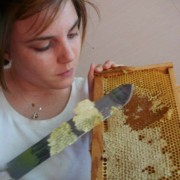
Related Slideshow: 10 Things You May Not Know About Truffles
The annual Oregon Truffle Festival is set to kick off in January in Portland and Eugene. But before attending the festival, here are 10 things you may not know about truffles. (All photos were provided by the Oregon Truffle Festival).

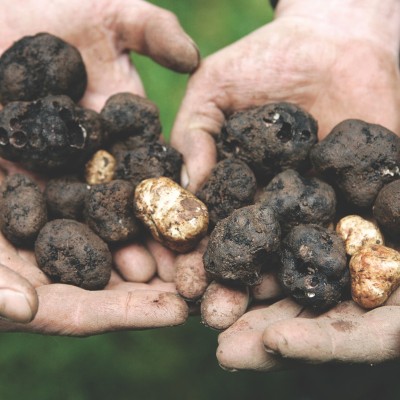
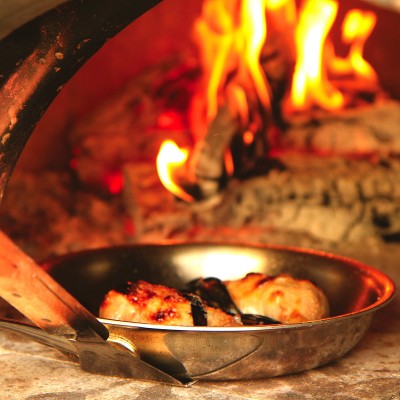

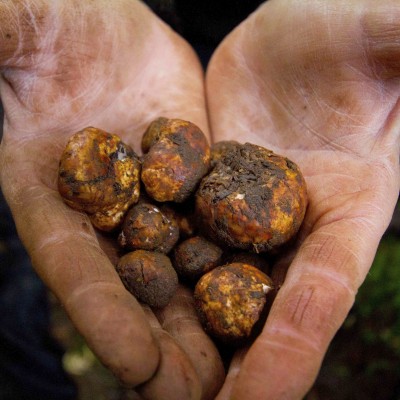
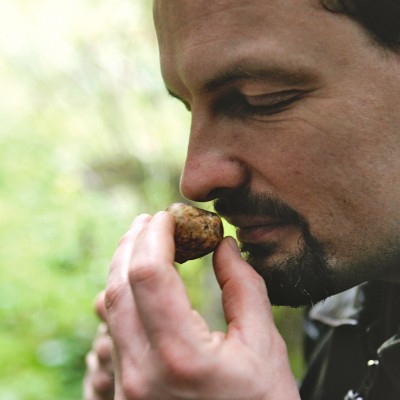
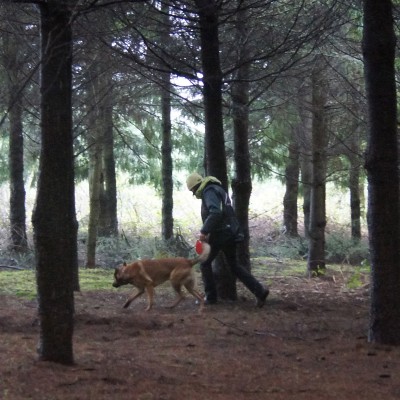
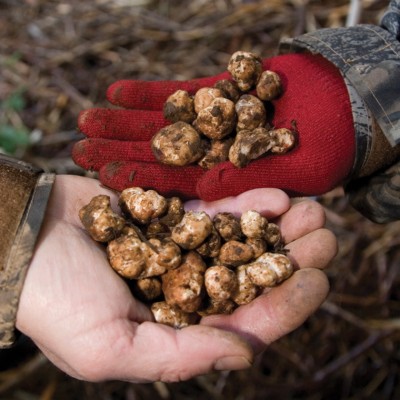
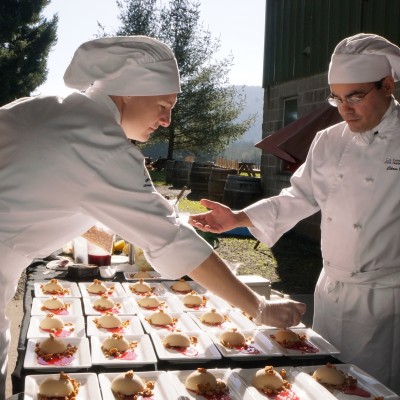
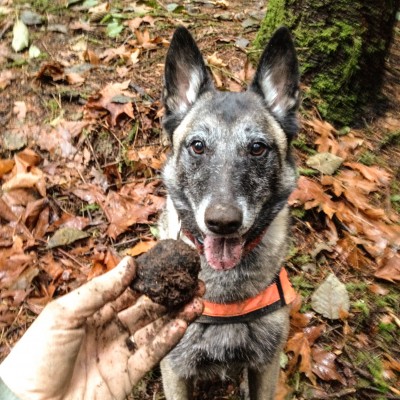
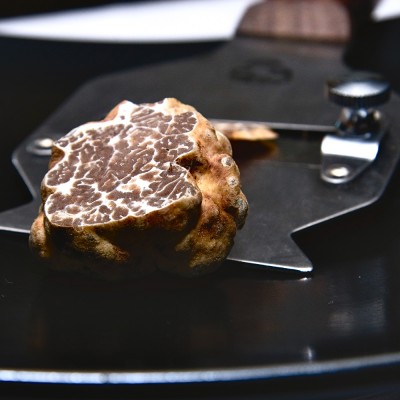













 Delivered Free Every
Delivered Free Every
Follow us on Pinterest Google + Facebook Twitter See It Read It